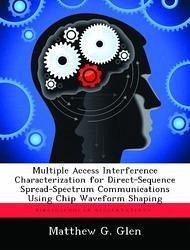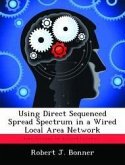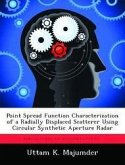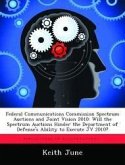The modern world has an increasing demand for wireless multiple access communications; direct-sequence spread-spectrum multiple access (DS/SSMA) systems comprise many of these communication systems. A better understanding of multiple access interference (MAI) effects on DS/SSMA system performance, specifically their impact on overall system bit error rate (BER), enables system designers to minimize MAI degradation and produce greater DS/SSMA system capacity. This research characterizes MAI effects on DS/SSMA system performance through simulation in Matlab?, and explores the impact of multiple access code selection, chip waveform shaping, and multiple access code length on BER for both synchronous and asynchronous multiple access networks. In addition, the simulated DS/SSMA model permits rapid research into the effects of additional factors on BER. Prior to experimental testing, model validation is conducted through single user trials and by comparison with existing research for similar system designs. For synchronous and asynchronous networks, Gold coding improves BER by 7.5 and 4.0 dB, respectively, relative to aperiodic random spreading codes. Synchronous network results show that chip waveform shaping provides no significant BER improvement for the Blackman or Lanczos shapes. However, asynchronous network results show a potential BER improvement for Blackman and Lanczos shapes. Increasing code length from 31 to 511 resulted in a 7.5 dB BER improvement. Collectively, these results directly relate changes in BER to waveform cross-correlation statistics.
Hinweis: Dieser Artikel kann nur an eine deutsche Lieferadresse ausgeliefert werden.
Hinweis: Dieser Artikel kann nur an eine deutsche Lieferadresse ausgeliefert werden.








